Let’s take a look at 13 different species of birds of prey that you can spot in Switzerland!
Switzerland is the land of chocolates, fondue, and impeccable timepieces. But for the avid birdwatcher, it’s also a treasure trove of raptorial delights, with the Alps serving as a magnificent backdrop. Let’s traverse through the Swiss skies and mountains to uncover some of the most awe-inspiring birds of prey that call this nation home.
1. White-Tailed Eagle (Haliaeetus albicilla)
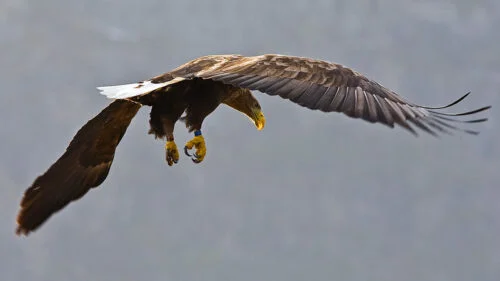
Europe’s largest eagle, the White-tailed Eagle, with its broad wings and notable white tail, is a symbol of wild rivers and vast lakes. They feed primarily on fish, often snatching them from the water’s surface in a spectacular dive. The lakes in the Swiss canton of Graubünden, with their pristine waters, are frequented by these majestic raptors, especially during the colder months.
2. Golden Eagle (Aquila chrysaetos)
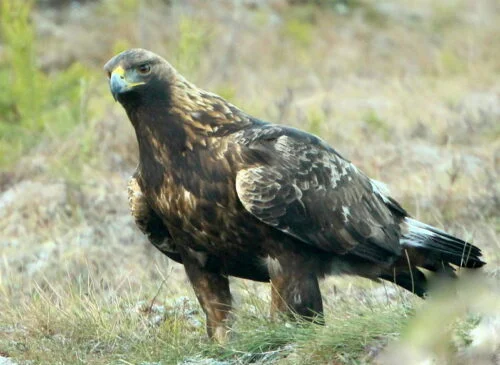
A symbol of majesty across many cultures, the Golden Eagle, with its powerful wingspan and golden nape, is truly the king of the Alpine skies. These magnificent birds prefer the rugged terrains of the Swiss Alps. They scan the land from high vantage points, swooping down with unmatched precision on unsuspecting marmots and hares. If you venture into the higher altitudes, especially in places like the Graubünden region, you might just be rewarded with their majestic presence.
3. European Honey Buzzard (Pernis apivorus)
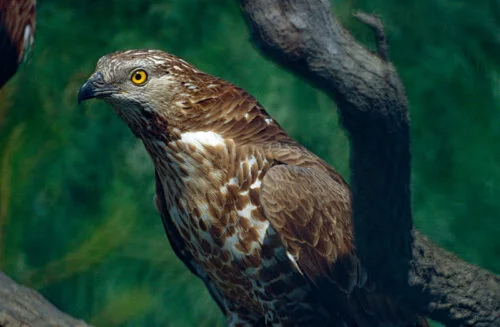
Misleading by name but fascinating in nature, the European Honey-buzzard primarily feeds on wasp and bee larvae, skillfully raiding nests. Their broad wings and long tail make them distinctive in flight. During the warmer months, the wooded landscapes of Switzerland, notably areas surrounding the lakes of Geneva and Zurich, play host to these specialized raptors.
4. Eurasian Sparrowhawk (Accipiter nisus)
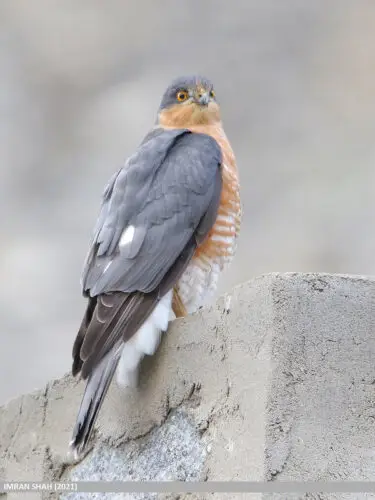
Perhaps the most widespread of Switzerland’s birds of prey, the Eurasian Sparrowhawk, with its compact size and barred plumage, is a frequent visitor to gardens and woodlands. They’re known for their surprise attacks, often swiftly navigating through trees to ambush their avian prey. A walk through the deciduous forests of areas like Lucerne might just offer a delightful glimpse of this agile hunter.
5. Little Owl (Athene noctua)
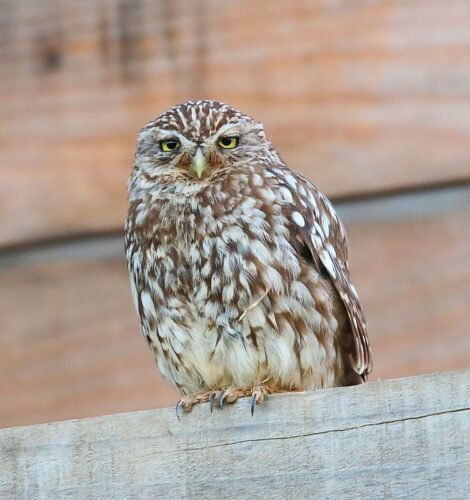
Though diminutive in stature, the Little Owl is big on personality. With its white “eyebrows” and speckled brown plumage, it’s often seen perched conspicuously during the day, occasionally bobbing its head in curiosity. Feeding on insects, worms, and small vertebrates, they prefer open habitats with scattered trees. The rural landscapes of the Aargau region frequently play host to this endearing owl.
6. Booted Eagle (Hieraaetus pennatus)
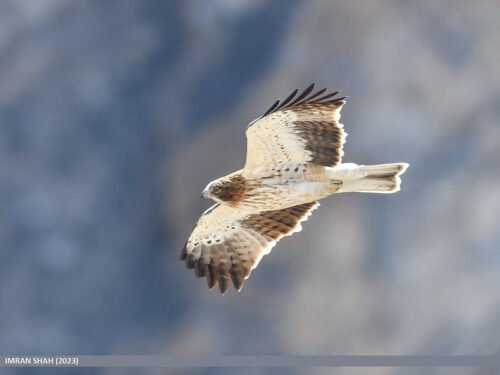
Donning a compact size, the Booted Eagle has a curious mix of light and dark morphs. While the pale form boasts a creamy underside, the dark one is almost entirely chocolate brown. These eagles have a penchant for open woodlands and grasslands where they hunt small mammals, reptiles, and birds. The foothills surrounding Lake Geneva, especially during migration seasons, offer glimpses of this raptor’s soaring elegance.
7. Red Kite (Milvus milvus)
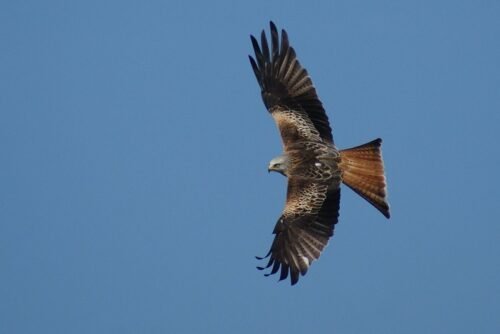
Distinctive with its reddish-brown body and deeply forked tail, the Red Kite is a graceful flier, often seen gliding effortlessly over open country. Opportunistic in its diet, it feeds on everything from small mammals to carrion. The rolling meadows and pastures of the Swiss Mittelland offer splendid opportunities to spot these elegant raptors, especially during the warmer months.
8. Lesser Spotted Eagle (Clanga pomarina)
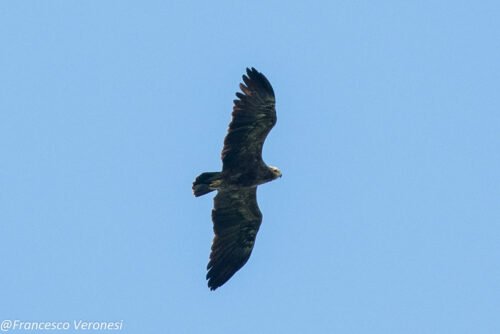
This medium-sized eagle stands out with its feathered legs and piercing gaze. Primarily feasting on small mammals and occasionally reptiles, it’s a sight to behold when it descends upon open meadows after a quarry. During migration, the skies over the Swiss National Park in Engadine have been known to feature this eagle, making it a hot spot for hopeful sightings.
9. Common Buzzard (Buteo buteo)
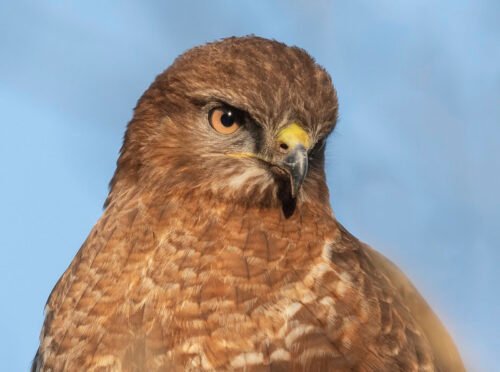
One of Europe’s most widespread raptors, the Common Buzzard is as versatile in habitat preference as it is in its diet. With variable plumage ranging from deep browns to almost whites, they often circle high up, riding thermals. Preying on small mammals, birds, and reptiles, these raptors are frequently seen in various parts of Switzerland, from the Jura Mountains to the fringes of urban areas.
10. Peregrine Falcon (Falco peregrinus)
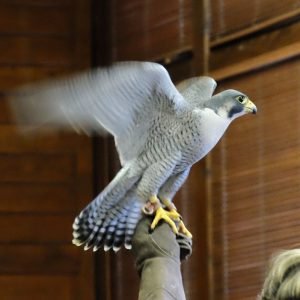
An aerial ace, the Peregrine Falcon’s stoop is a heart-stopping event, as it plummets at breakneck speeds to nab its prey mid-air. Recognizable by its dark hood and swift flight, Switzerland’s cliffs, both alpine and lowland, provide nesting sites for this falcon. Places such as the Swiss Jura Mountains are great spots to watch these aerial maestros.
11. Northern Goshawk (Accipiter gentilis)
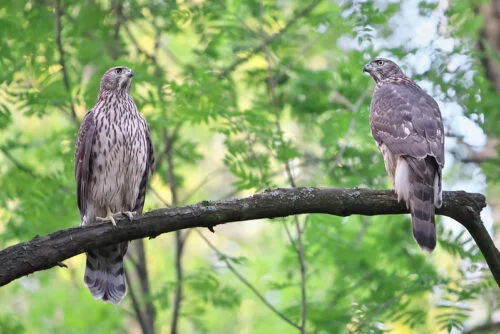
The silent woodlands of Switzerland often resonate with the hushed flights of the Northern Goshawk. These secretive birds, with their piercing gaze, often hunt in dense forests, using their agility to catch birds and mammals. The mixed forests of the Swiss Plateau, interspersed with clearings, are prime territories for these raptors.
12. Short-toed Snake Eagle (Circaetus gallicus)
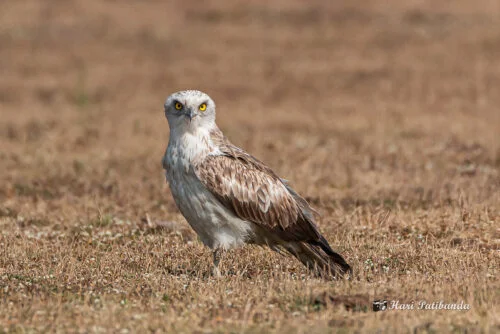
A specialist in reptilian delicacies, the Short-toed Snake Eagle is often seen hovering over sunlit clearings, eyes peeled for snakes and lizards. This pale, large-eyed eagle is a summer visitor to the Swiss lowlands. The southern foothills, particularly the Ticino region with its mix of forests and open grasslands, serve as an ideal backdrop for observing this snake aficionado.
13. Long-eared Owl (Asio otus)
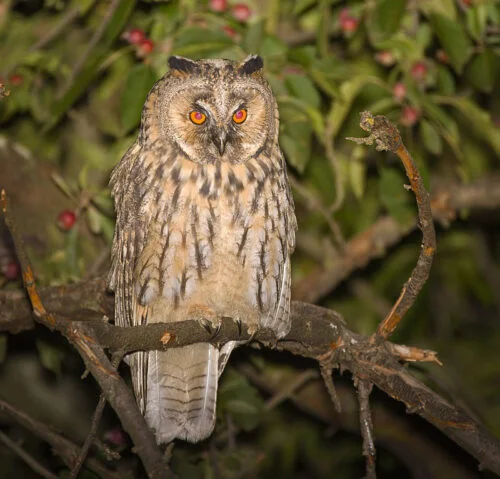
This medium-sized owl, with its long tufts resembling ‘ears’, is a master of camouflage. Nestled within dense foliage during the day, by dusk, they become active, silently pursuing rodents and small birds. The wooded regions, especially in the cantons of Vaud and Fribourg, offer cozy roosts and hunting grounds for these mysterious nocturnal beings.
